November 1, 2022
Changing Goals, Freeze Protection, Planting Seeds
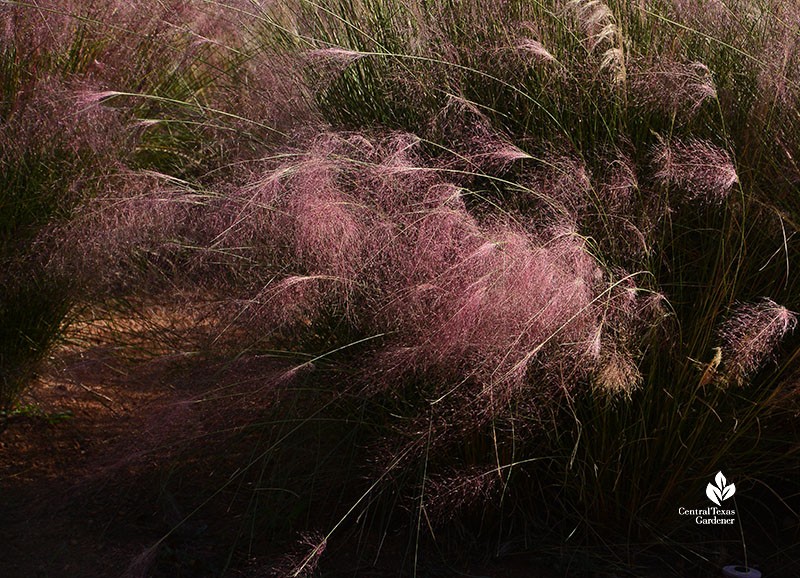
Sometimes it seems like we’ve only got one season—summer—interrupted by fleeting hours of spring, winter, and fall. Of course, we know that’s not really the case, especially since our plants are keeping tabs on seasonal rhythms. Bunch grasses like frothy pink Gulf muhly, here at Mueller’s Southwest Greenway, wave us into autumnal romance, just in time to be celebrated as a Texas Superstar plant for its resilience in home gardens across the state.
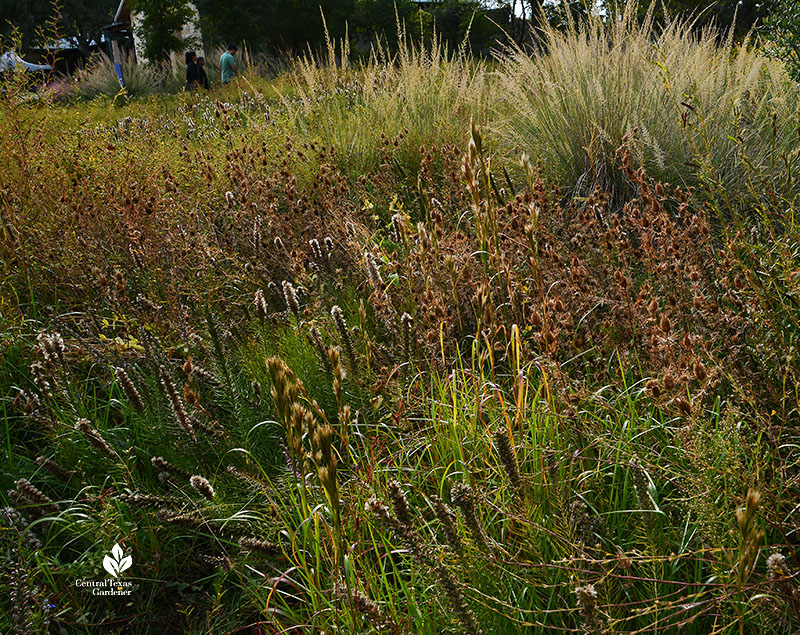
At the Wildflower Center, a few liatris hung on to their purple flower spikes, but mostly they joined eryngo and bushy bluestem to reflect the golden season of transformation as seed heads dry and fall to the earth. Stately Lindheimer muhly frames a backdrop with its standout flower heads.
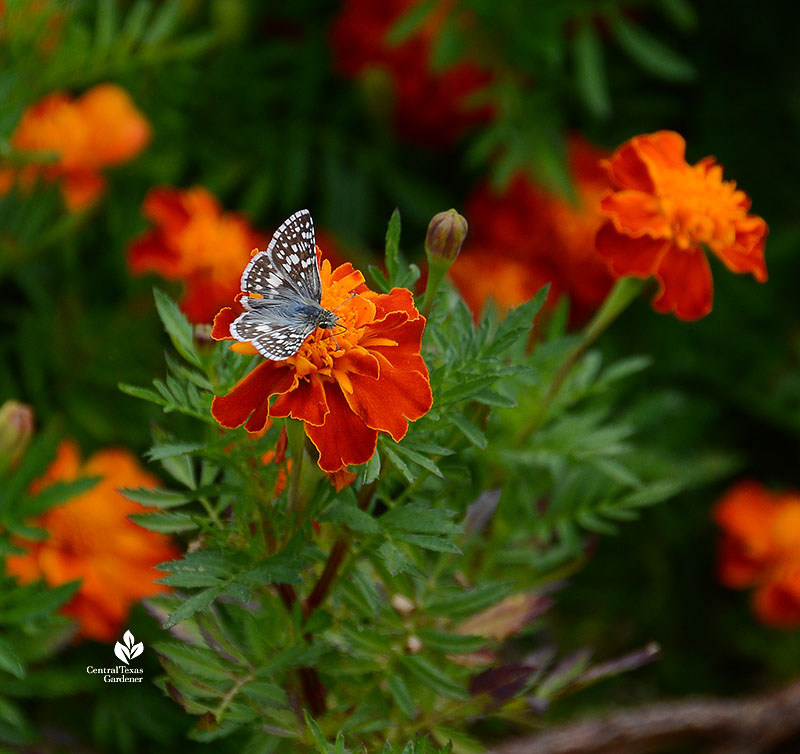
Vivid marigolds, dressed in jewel-toned hues, favor summertime gardens. In fall, they play a significant historic role in Día de Muertos—to guide spirits of the dead to their family home. Last week at Este Garden, a checkered skipper celebrated early on fragrant blossoms.
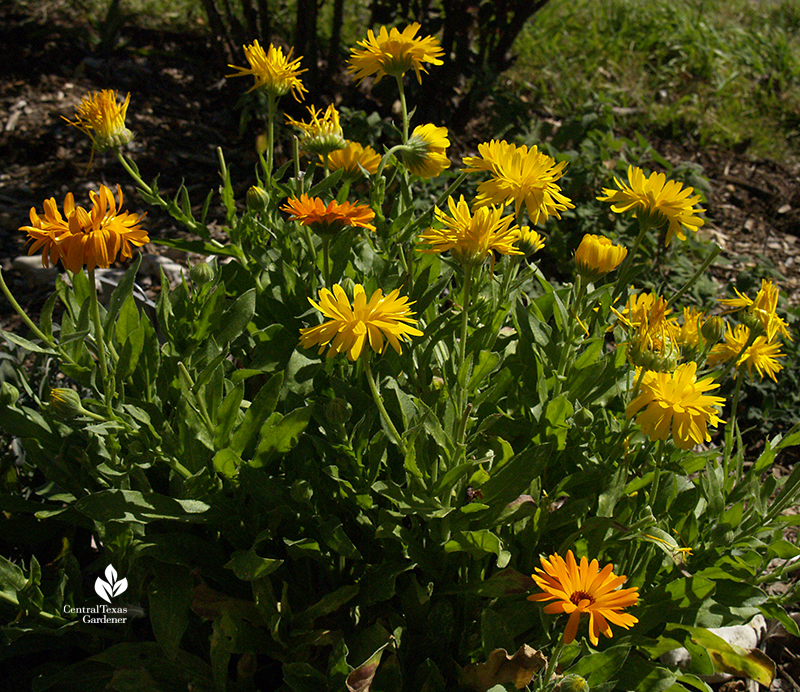
A viewer asked if these are the same thing as calendulas. Great question, since some people refer to them as “pot marigolds.” Calendulas are a completely different annual plant, though. We lose the marigolds in cold weather, and that’s when calendulas thrive. When their life cycle ends in early summer’s heat, it’s time to replant marigolds.
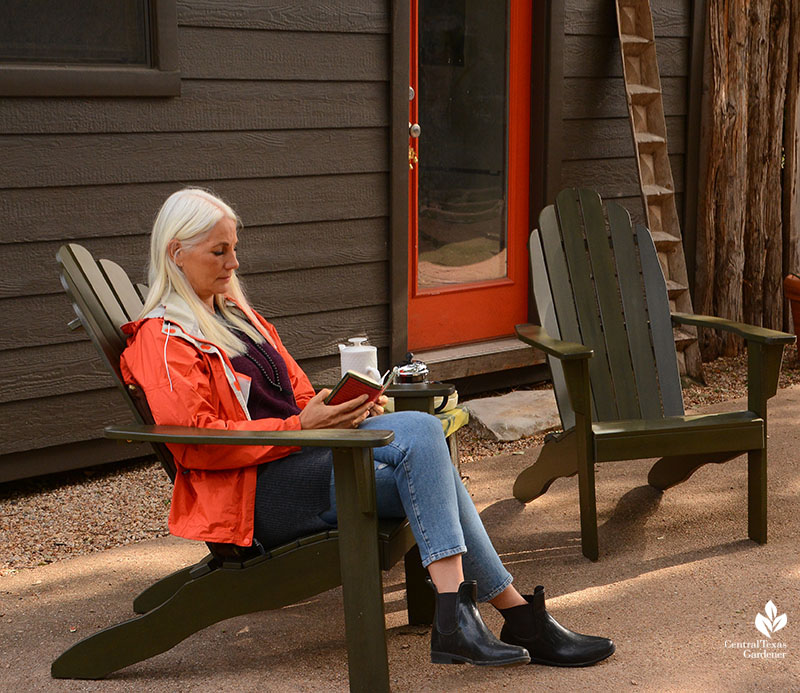
Just as our gardens change, so do the gardeners. This week on Central Texas Gardener’s fall premiere, Meredith Thomas responded to an autoimmune disorder with holistic wellness.
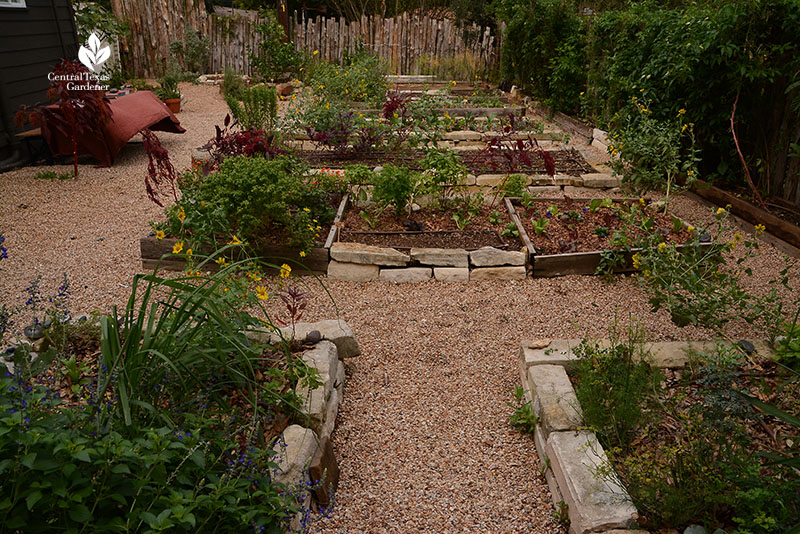
She’s gardened for a few years now in her small, central Austin yard where she planted a mini-orchard in front and built raised beds in back to grow organic food for her family.
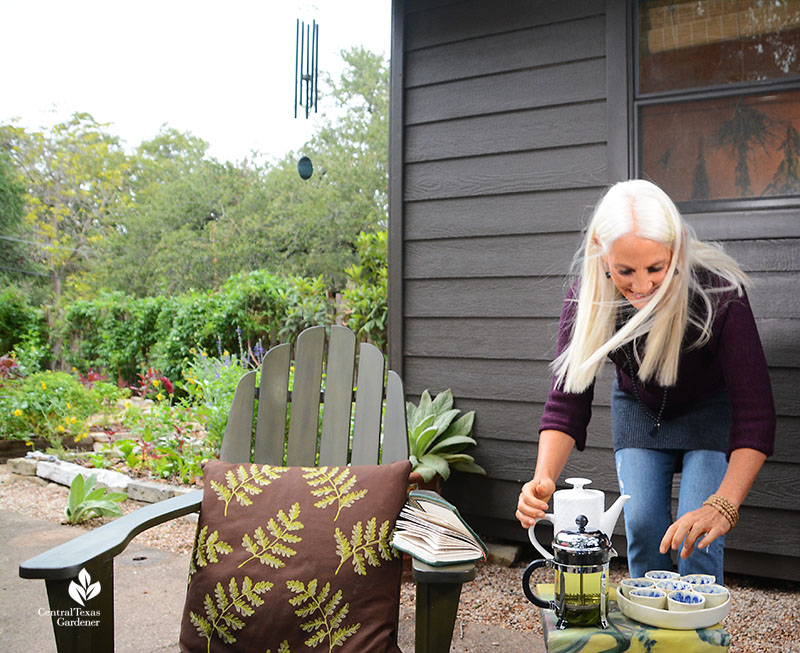
Meredith still finds multiple uses for every plant as it changes across the seasons. In fall, she plucks ripe Meyer lemons, but harvests its leaves all year for delicious tea.
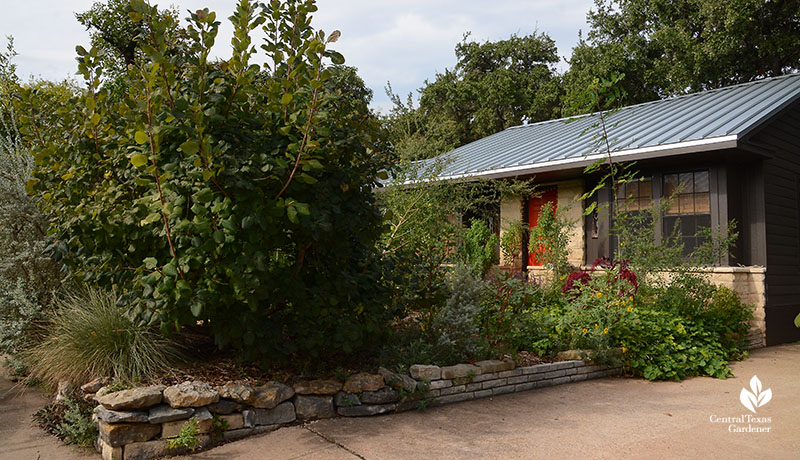
Now she’s exploring even further into medicinal or other beneficial qualities, including wild plants, Mexican herb papalo, and moringo, native to India and other parts of south Asia.
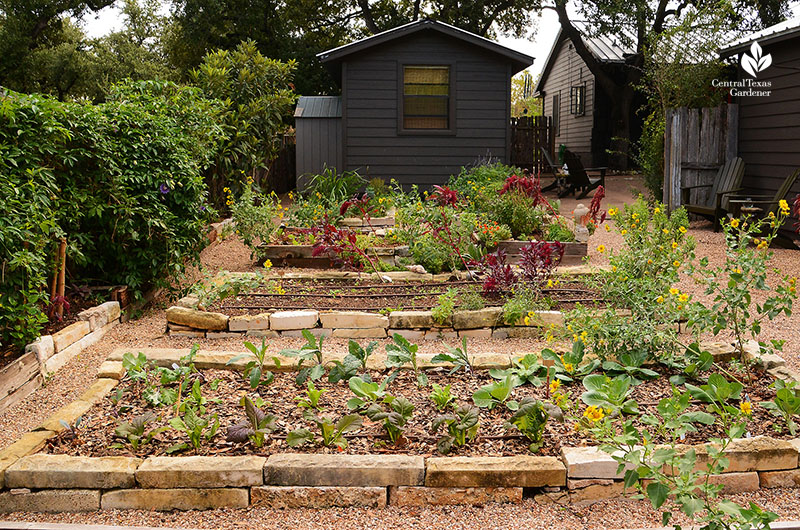
As her interest in fermenting grew, she built a dedicated fermenting house where she also creates healthful tinctures, bitters, and even house cleansers.
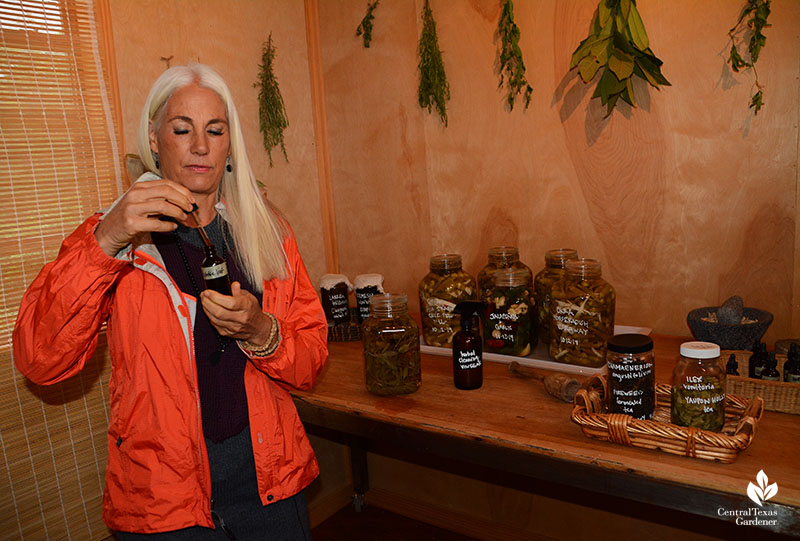
For her, “It’s that energy of the plant and it’s the engagement with the plant that for me has been a great healer. Not just from what I’ve ingested but being in contact with them.”
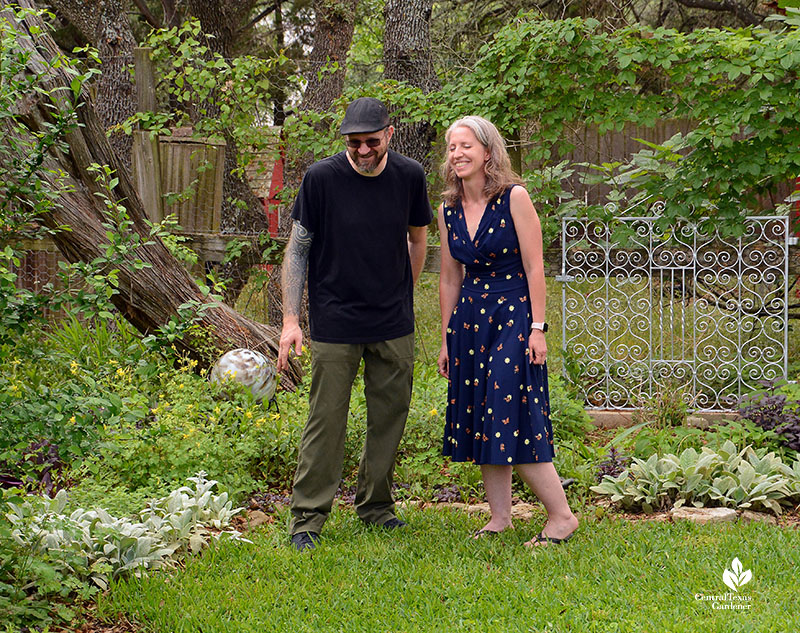
Several miles away on two oak-shaded acres in deer country, Laura and Eric Wills have watched many seasonal transitions since 2011.
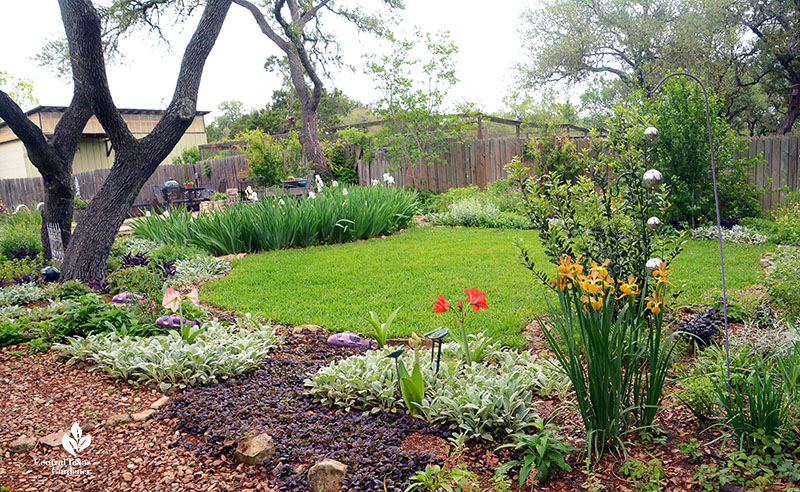
Priorities changed for them as their daughter grew up and focus shifted away from homesteading projects balanced with technology careers.
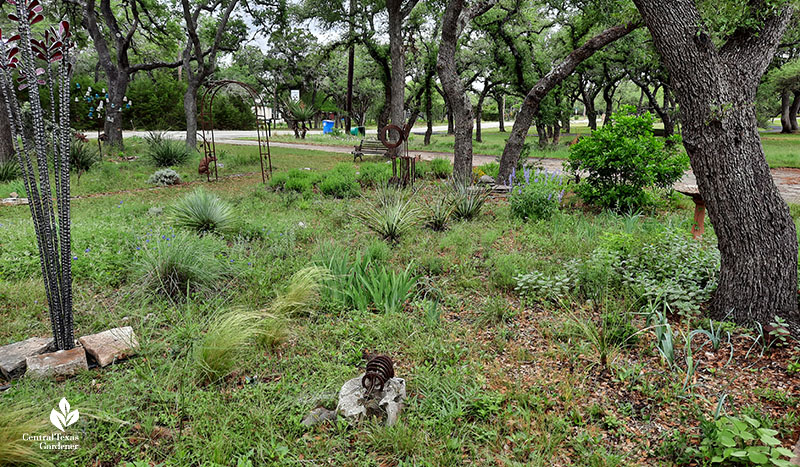
Laura’s design evolved, too, in response to weather challenges, artistic philosophy, and knowledge of how each plant works.
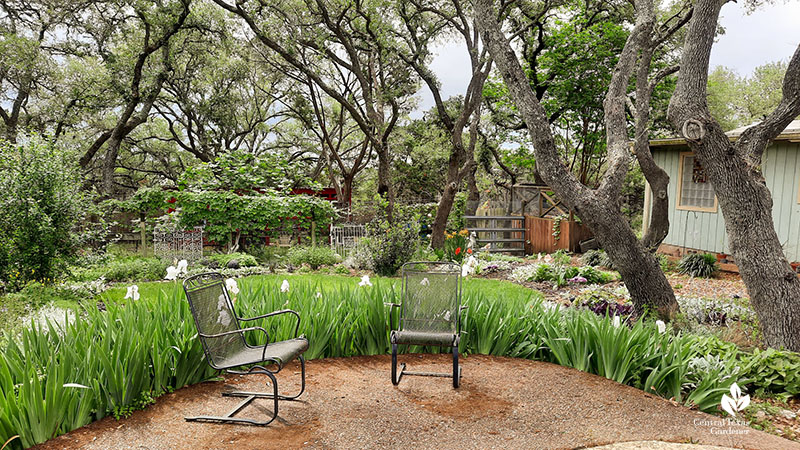
“One thing I’ve found with the garden is it should always bring you joy. So, when something isn’t, then you switch and do something else,” she told us. And now she and Eric are heading to a new joy—a home and garden-to-be in Madison, Wisconsin to be closer to their daughter now on her career path. I’m excited to see what Laura creates!
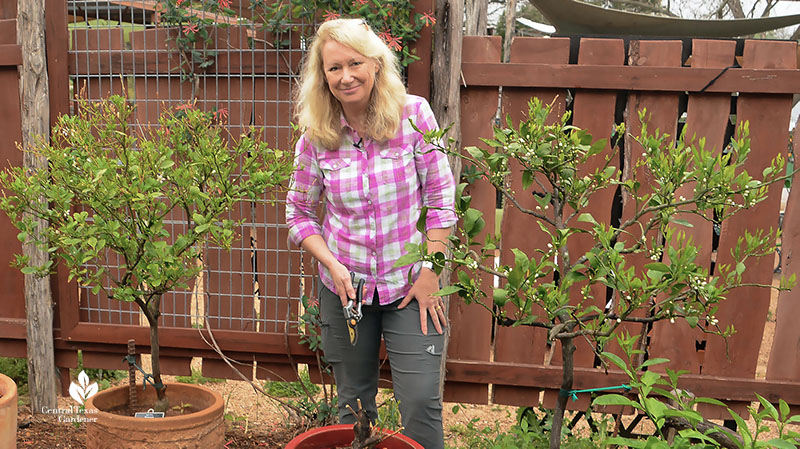
And since cold weather really is around the corner, Heather Kendall at The Natural Gardener shows us how to protect those tender citrus tree plants—and which ones are most susceptible to wintry nips.
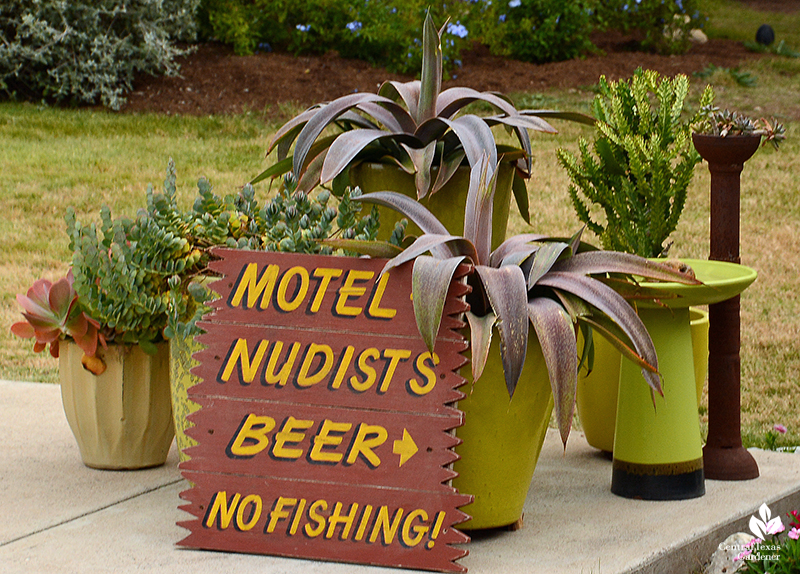
So, how do we debug container plants we’re bringing in the for the winter? When a viewer sent in that question, I reached out to Heather. Here’s her answer.
“I never recommend using dish soap for any horticultural use (which unfortunately seems to be widely recommended on the internet), as many of these are detergents which will strip the leaf surface or damage delicate root hairs. Castile soaps such as Dr Bronners can be safe, but care should be taken to check for essential oils and fragrances which can harm plants and make sure to use the correct concentration, too much and you can burn the leaves or roots. I only recommend insecticidal soap and even then there are a number of plants that it should not be used on: Crown of Thorns, dracaena, delicate ferns, dieffenbachia, ornamental ivies, palms, or succulents. So quite a few houseplants react badly to soap. An insecticidal soap drench is an effective way to treat root mealybugs which can be a major pest of houseplants, but you would always need to check for plant sensitivity. Sometimes just dunking in regular water until no more bubbles come to the surface is enough to flush out the worst of the bugs that can be hiding in the pot.”
On November 8, Heather’s presenting a free class on “Bringing Plants in for the Winter,” at 10 a.m. to answer all your questions.
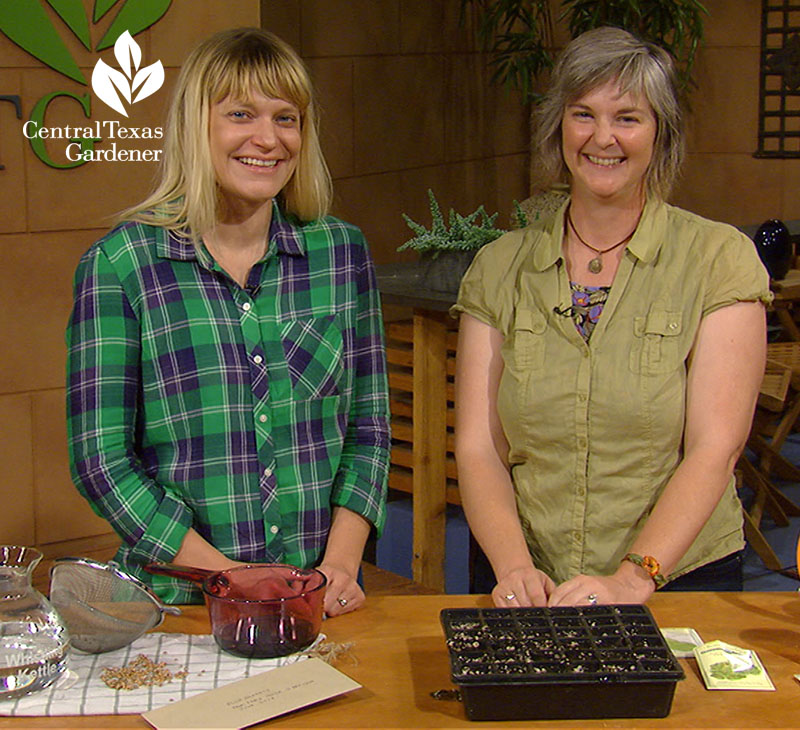
It’s also time to plant wildflower seeds and more vegetable seeds. From our archives, get pro tips from garden designer Leah Churner and garden consultant Colleen Dieter. Colleen’s also a co-founder of Central Texas Seed Savers that’s really germinated since our taping. Check out their fabulous community endeavor for seed swaps and how to “check out” seeds at Austin’s main library to plant in your garden.
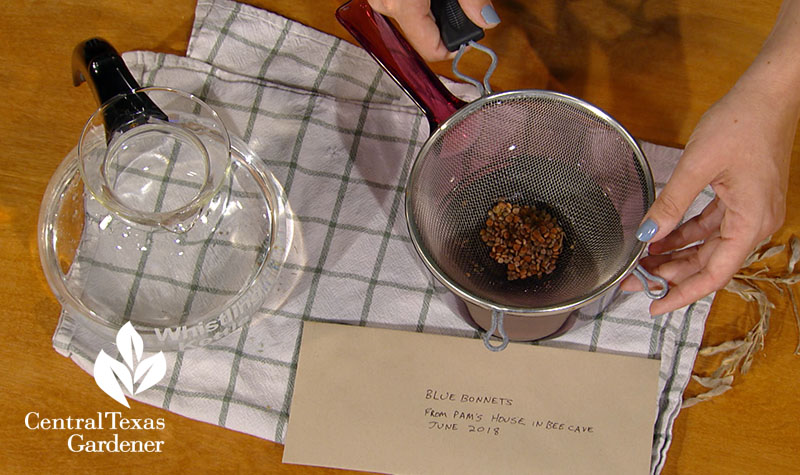
Last weekend when I finally got around to planting wildflowers, including bluebonnets, I used Leah’s handy trick: pour boiling water over them.
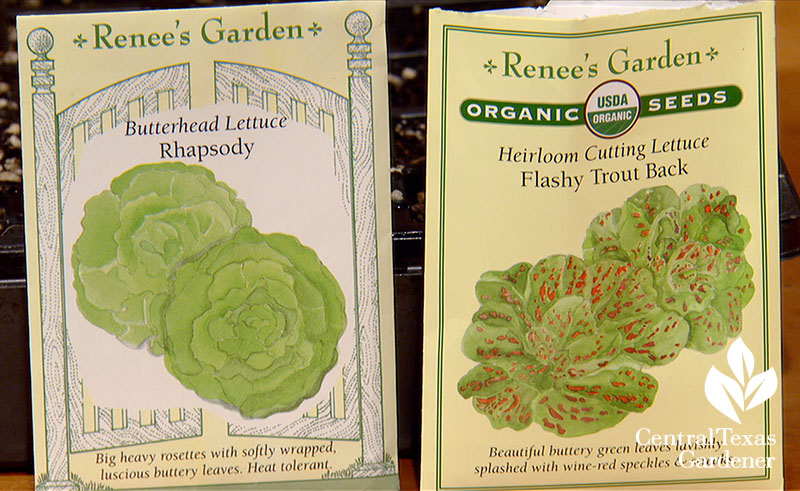
Colleen demonstrates how to gently press in tiny lettuce (or wildflower) seeds for better germination.
Watch now!
Thanks for stopping by! See you next week, Linda
tags:

